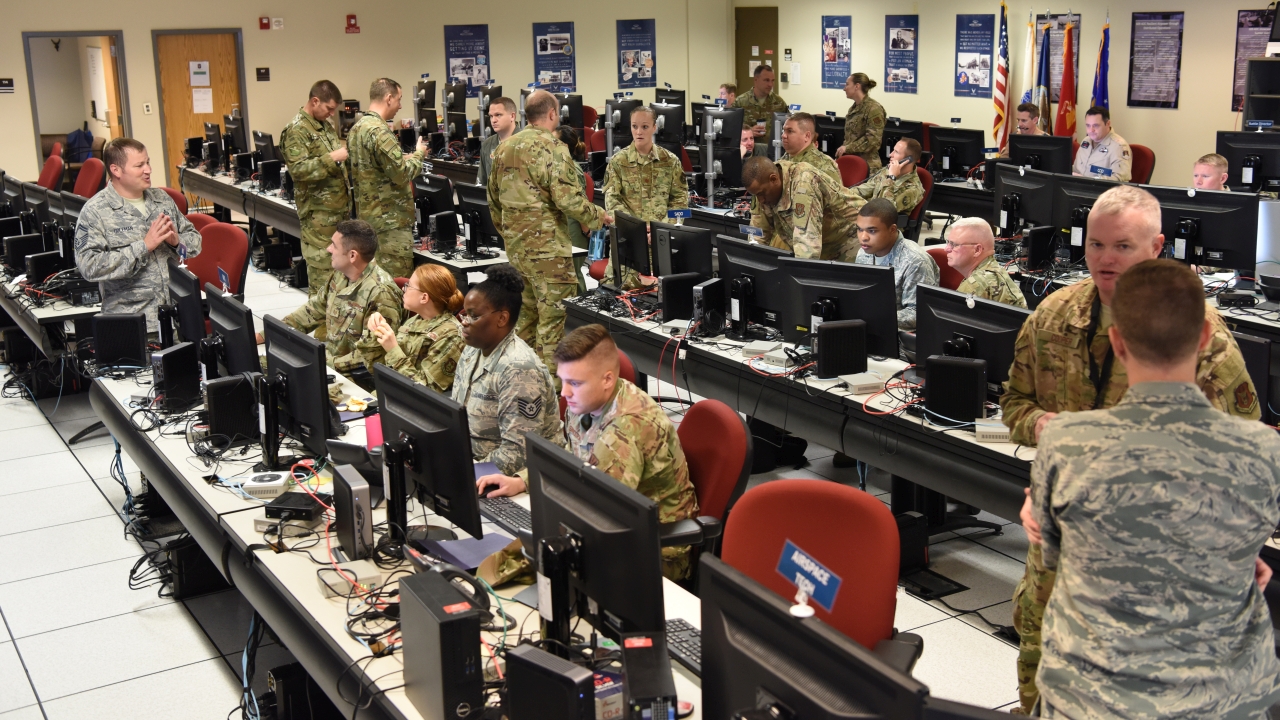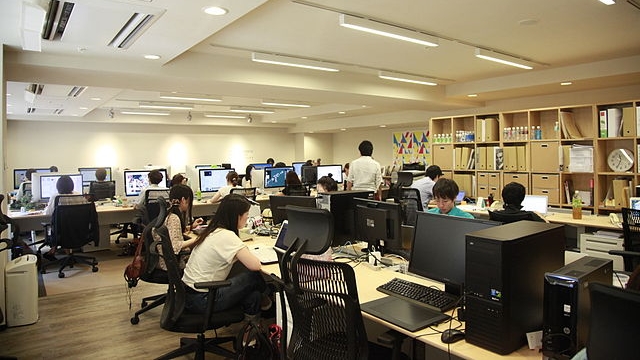
How desk and sitting arrangements affect a team
I recently got a standing desk from my company. It is great for a person with disabilities to stand for a portion of the day. My coworker, on the other hand, now has a stature issue. Their desk is a nonelectric standing desk and shorter. This brought up the notion of the way our cubicles are arranged. The arrangement does not provide for communication or collaboration.
A seating arrangement for a command team is usually the boss in the back looking down upon their people. We have seen these environments and often look and crane the neck to see who is in the boss’s office. Employees are nervous that the boss will see what they are or are not doing. This type of seating can cause distrust in what people see.
The type of seating is typical with a knowledge wall upfront and the less experienced people in the first row and more senior people towards the rear of the room advancing with more desk space.

To get to the senior people, staff will have to climb stairs to converse with them. The upper-level team can then watch what their subordinates are doing during work. This type of seating creates a hierarchy and an air of superiority. Going up the stairs to deliver reports to different levels of management makes the lower level staff dread coming into work.

Let us switch it around. Instead of having the least experienced in the front row, having senior company leadership sit in the front and look up to their employees can create a sense of trust. The reason this will work is that all staff can now see when their boss is in. This seating will allow them to come to them with questions and answers instead of turning around to see if they are there.
If we do not use this type of seating, the arrangements are far more typical. The people on the outside have offices, with the people on the inside being in cubicles. The managers have to see clients and staff for reviews. One of the more effective ways to allow for communication between staff and management is having a bullpen style arrangement. Instead of sitting on the outside of all the workers, the main staff is in the middle.
With having the senior staff more visible, communication will flow more freely. Shut doors and drawn blinds can show a level of hostility and standoffishness in the workplace. This can lead to resentment and create a feeling of being unapproachable. Inaccessibility is the senior leadership’s worst trait. By being gone all the time due to meetings, conferences, and other activities, leadership creates a mystic around them.
Some organizations have gone to the open office landscape. This seating theoretically allows employees to communicate more easily and provides a balance of privacy and interaction. The open office concept allows an employee to move around and be more creative and productive, and collaborate more with each other.
Even this type of arrangement has problems1: “In fact, that stats against the open-plan concept are prevalent. A range of research2 reveals the average open-plan office worker loses 86 minutes a day to distractions, email and messaging use shoots up by 67%, and employees spend 73% less time in face-to-face interactions.”¹
So what is the best seating arrangement for individuals within a company? Leadership is accessible and seen with privacy for all. I am not talking about glass walls but rather space. Ensure that everyone has the same space available to them. Allow access to larger environments for staff that has to spread out for a time. Bring in zones of collaboration areas with comfortable seating arranged in a circle around a coffee table. Add green spaces to reduce the hardness of the building. But most importantly, it is about visibility and trust to allow your workers to innovate and produce, allowing the company to move forward.
Header image source: U.S. Air Force photo by Tech. Sgt. Matthew Rosine, Public Domain.
References:
- Church, G. (2021, September 1). A Brief History of the Open-Office Concept. CommercialCafe. https://www.commercialcafe.com/blog/brief-history-open-office-concept/ ↩
- Chester, S. (2018, August 22). 10 workplace stats you don’t want to miss – infographic. Talent Works. https://www.talent-works.com/2018/08/workplace-stats-infographic/ ↩






